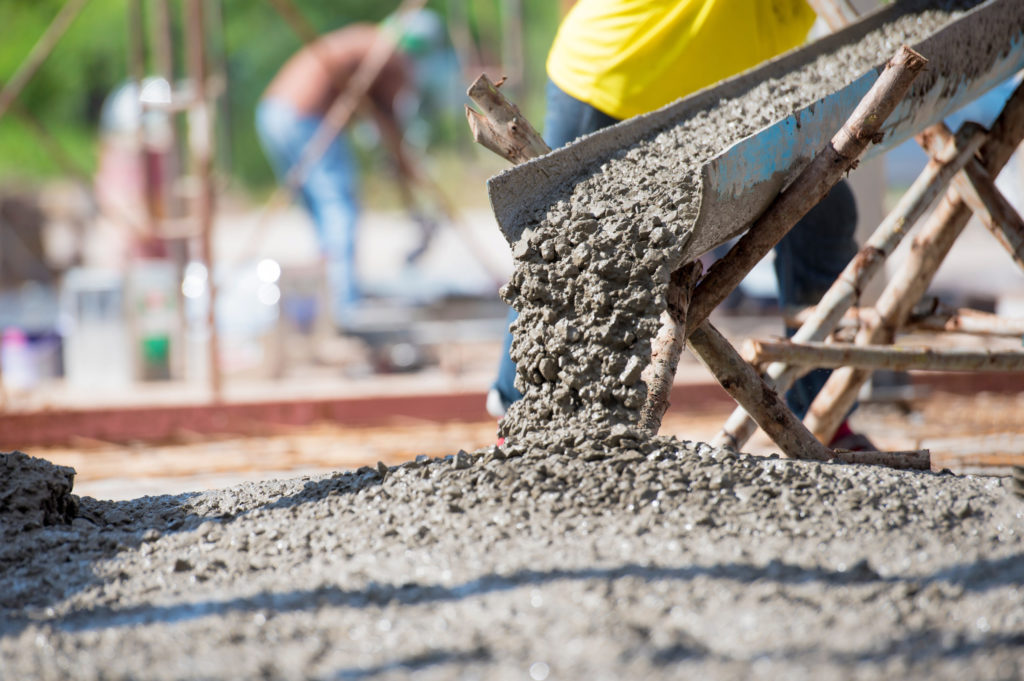Concrete is one of the most widely used building materials not just in the U.S., but all over the world. Concrete is a versatile compound that can be modified into different types. Each has its own application in construction. Unfortunately, so many people rely on it for different projects both commercial and personal purposes. While concrete is a bustling business, the continued demand is starting to catch up. Large spikes in urbanization have caused an increase in construction projects across the country. But the concrete has seen spikes in demand before, so what exactly is causing this shortage?

Supply Shortages
The winter is the optimal time for concrete plants to build up their inventory. generally, not a lot of projects are underway in the cold and snowy months. This year, the concrete demand in the winter was much higher than anyone anticipated. The typical period in which these plants could hoard supplies was eliminated. And the concrete stores were depleted far sooner than usual. Furthermore, the recuperation of supplies is hindered by a fly ash shortage. Fly ash is the fine ash product that comes from coal-fired power plants. It becomes cementitious when combined with cement and water. The shortage is causing builders to use more cement to pour the concrete. This affects the setting process and the structural integrity of the material.
Interruptions In Supply Chains
We have already seen the drastic effects of supply chain interruptions. They had a great effect on the economy from microchips to lumber, and now concrete. Covid-19 already had a large impact on slowing down imports and exports. The delicate system of manufacturing, transportation, and distribution is now suffering even more. The flow of materials from one country to another is just recently starting to catch back up to its normal rate. But it may be too little too late. Contractors and project managers are witnessing the shortage affect deadlines of major projects.
Additionally, concrete transportation within the U.S. is seeing its own delays. The railways in the Midwest have faced collateral damage from issues with the North Dakota oil fields. Sudden and unexpected outages in cement plants have delayed production even further. Recently, there have also been changes in trucking regulations. These include working hours and loading restrictions. The result is a decline in the number of trucks that are available to transport materials.
So What Next?
Companies are working diligently to do their part in remedying the concrete crisis. Cemex, a construction company, is pledging to optimize its U.S. supply chain. They want to help supplement the concrete shortages and delays in project completion. Other companies are also working to find other methods of manufacturing concrete. Most are focusing on using fewer resources. Some are altering their concrete recipes to account for less fly ash. However, this is a delicate process as altering the mixture too much can result in faulty concrete. Experts recommend testing the concrete in conditions that mimic real-world applications. Consider using the expected setting temperature to see how it sets. Then adjust the mix accordingly. We can only hope that the concrete shortage begins to heal itself. In the meantime, becoming creative and resourceful with the available materials is the best option.
